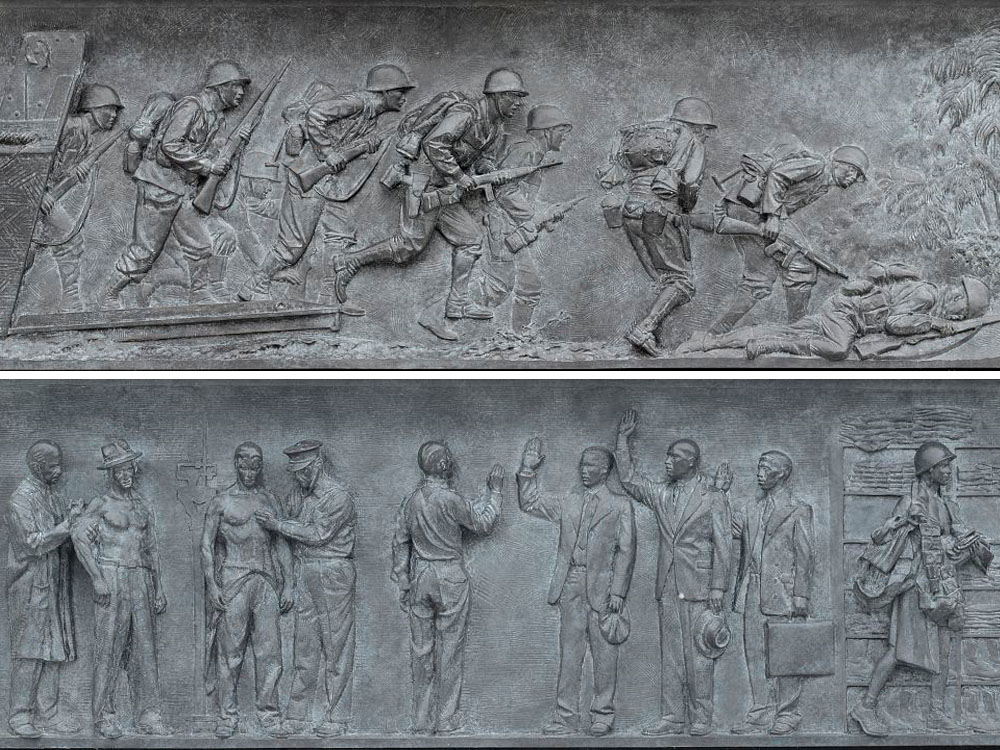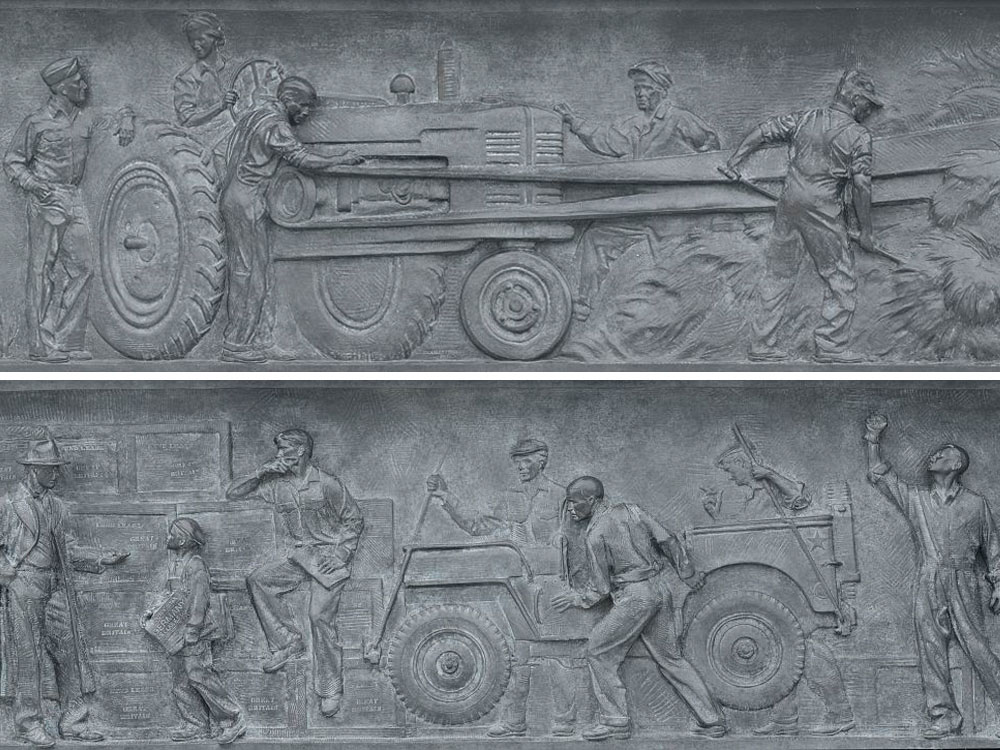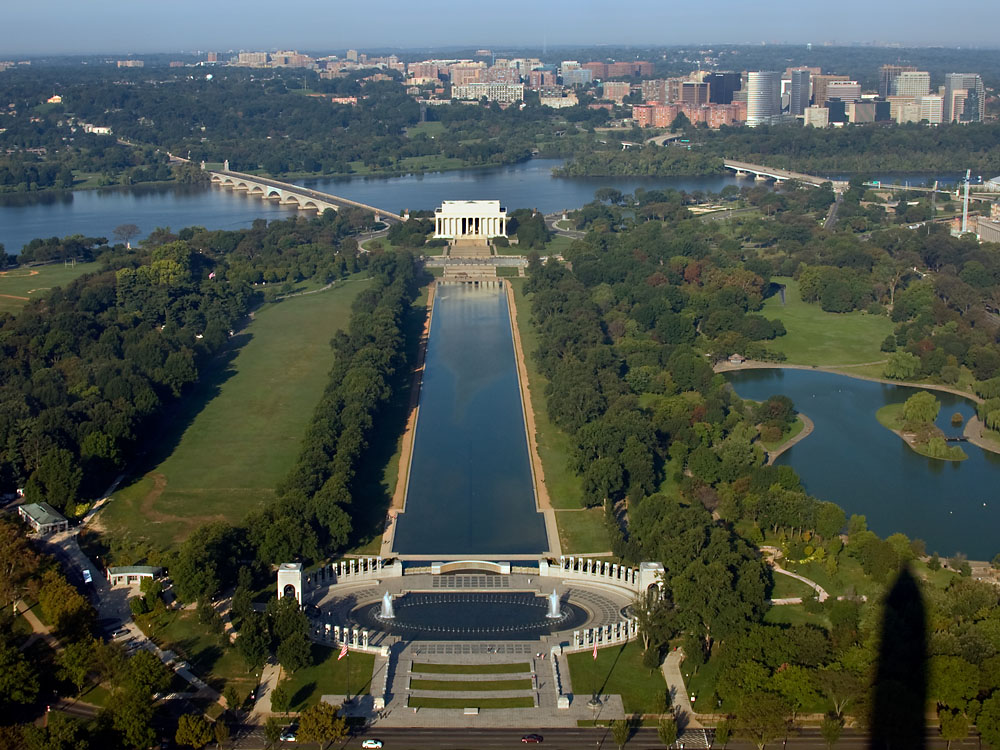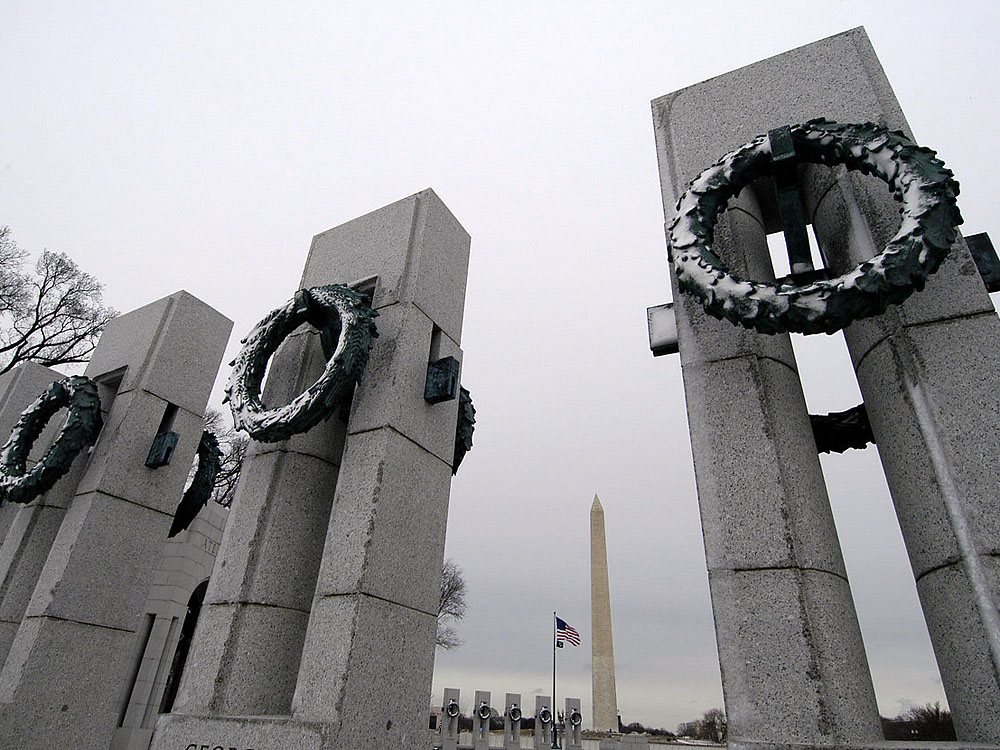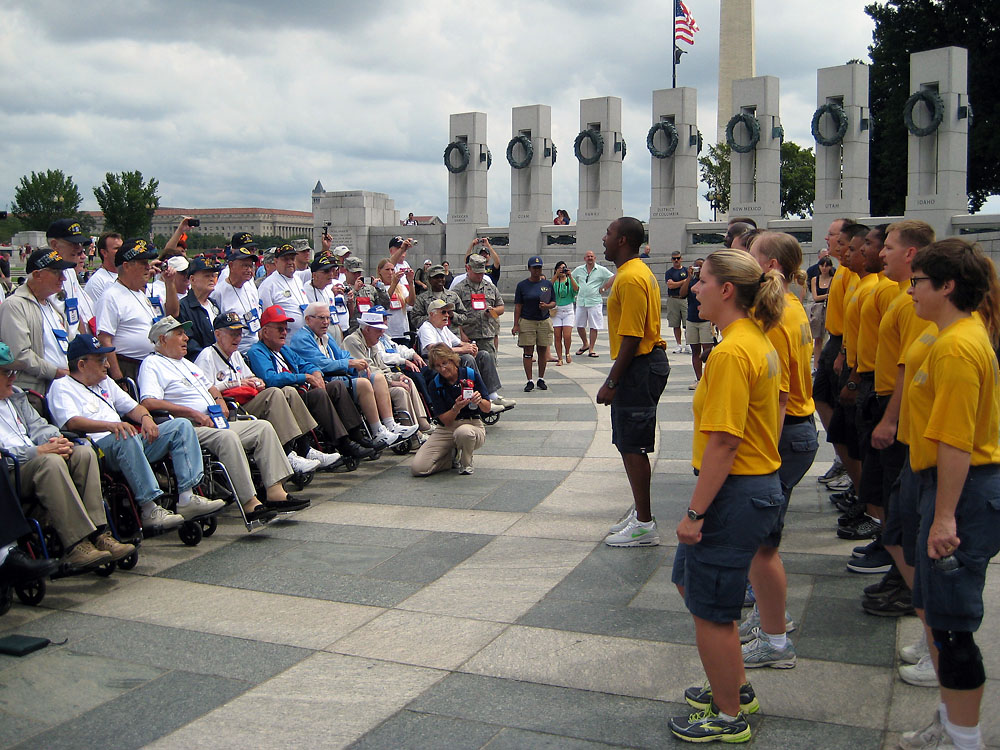The National Mall Coalition was formed in 2000 in response to the national controversy over the World War II Memorial planned for the Mall. Concerned architects, planners, art historians, and other citizens from around the country, including numerous veterans of World War II, fully supported creation of a memorial — but not at the expense of the existing Lincoln Memorial pool and public open space. We came to the sobering realization that Congress and government review agencies in their eagerness to accommodate new memorial proposals were ignoring the historic visionary plans — the 1791 L’Enfant Plan and the 1902 McMillan Commission Plan — that give the Mall its special beauty, open space quality, and civic role as a stage for American democracy. We created the nonprofit National Mall Coalition– originally called the National Coalition to Save Our Mall — to fill that gap and provide an organized voice for the public on Mall matters.
Learn more about the WWII Memorial controversy — involving citizens, members of Congress, media, and historic preservation groups — by reading the history, critical commentary from around the country, and media coverage on this Timeline and Media Archive.

The Coalition issued the following formal statement on April 6, 2004 at the dedication of the World War II Memorial.
The National Coalition to Save Our Mall joins the Nation in honoring those who served in war action and on the home front in WW II, especially those who sacrificed their lives. The Coalition never questioned whether WWII veterans should be honored. Indeed, four of the Coalition’s eight-member Board of Directors are WWII veterans. Rather, the Coalition asked — Is this the right place? Is this the right image? Is this the right message? And was it right for Congress to override its own Commemorative Works Act (intended to bring some restraint and order to development of the National Mall) when it legislatively prohibited any judicial challenge to the memorial. The Coalition’s attempts to have these questions thoughtfully considered were thwarted by all three branches of the government, including the US Supreme Court.
The WW II Memorial now divides and blocks the grand open space that was the Mall area between the Washington Monument and the Lincoln Memorial. The Coalition opposed this location because it required destruction of the historic Rainbow Pool, part of the 1901-1902 McMillan Plan for the Mall. The Coalition opposed this placement because it severed — both physically and symbolically — the historic, uninterrupted connection of open space and vista between the monuments to Presidents Washington and Lincoln. And it opposed the memorial in this place because the Memorial plaza’s martial and funerary symbols are better suited to Arlington National Cemetery than to the Mall’s open space dedicated to American founding principles. The massive WW II memorial dwarfs the simple and contemplative memorial for the Signers of the Declaration of Independence in nearby Constitution Gardens, and it encroaches on the Lincoln Memorial grounds and Reflecting Pool.
The World War II Memorial is in many ways a lost opportunity. Full and open public discussion of how we as a society wished to commemorate WW II in our nation’s capital — a discussion never permitted to happen for the WW II Memorial — would no doubt have opened a debate about history, memory, American values, the power of the democratic ideal, and the role of America in modern world history. The Memorial — and the National Mall — would have benefited from that debate.










